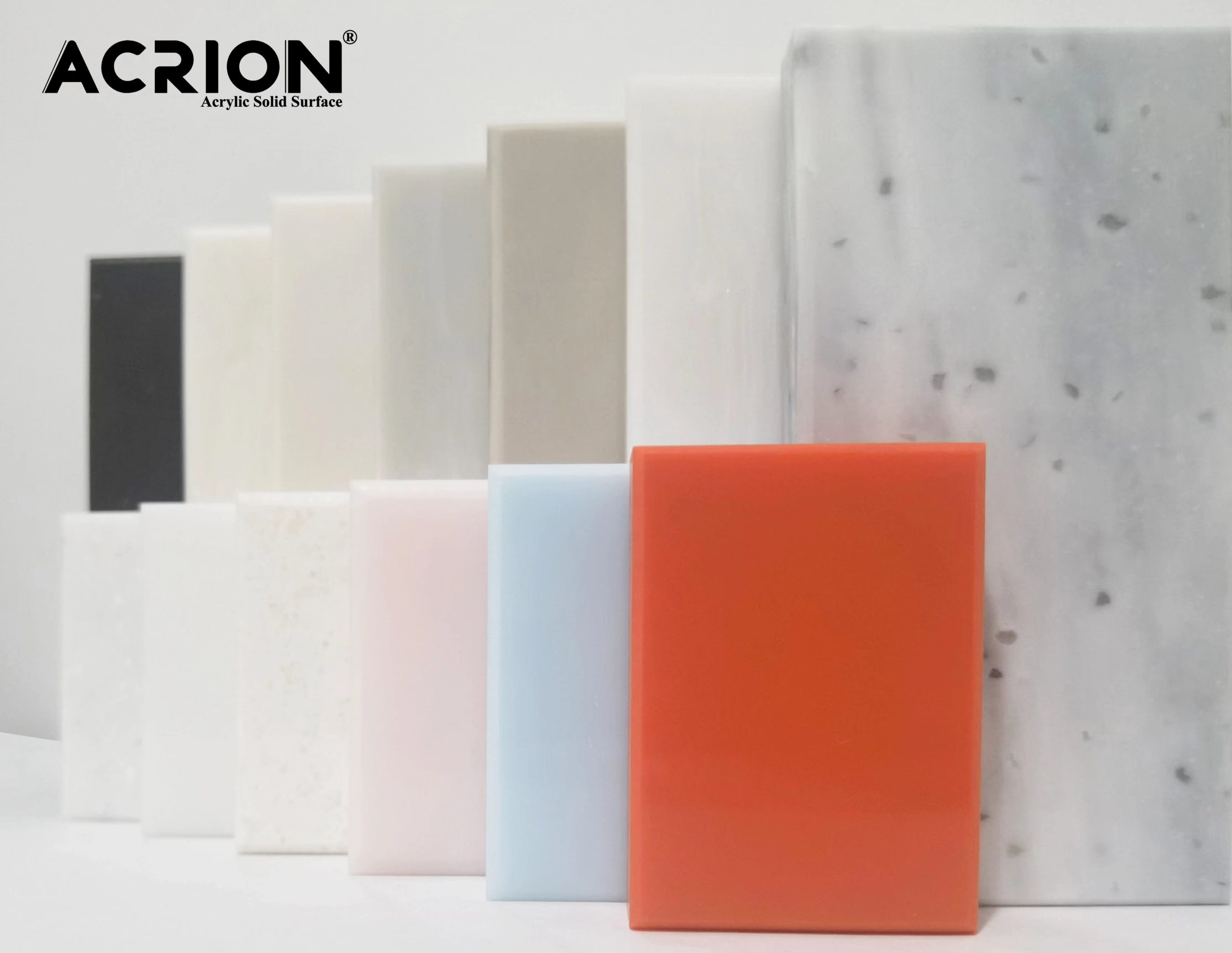Edge Treatment Techniques for Corian Countertop Installation
Understanding Edge Transition Principles
The core principle of edge transition design lies in minimizing visual interruptions while ensuring structural integrity. Unlike traditional stone materials, Corian’s homogeneous composition allows for seamless transitions through thermal forming techniques. For instance, when integrating a backsplash, designers often employ a 45-degree mitered joint where both the countertop and backsplash are precision-cut at 22.5-degree angles. This creates a continuous surface that appears monolithic when bonded with specialized adhesive, eliminating visible seams.
In scenarios involving L-shaped countertops, the internal corner transition demands meticulous attention. A proven method involves creating a 3mm expansion gap filled with color-matched silicone, which accommodates thermal movement while maintaining a clean appearance. For external corners, rounded profiles with 6-8mm radii are preferred over sharp edges, as they reduce chipping risks and enhance ergonomic comfort during daily use.
Material Joint Optimization Strategies
When connecting Corian with dissimilar materials like tile or wood, the transition strategy must account for differential expansion rates. A common solution employs a 5mm deep by 10mm wide groove along the Corian edge, into which a flexible metal or acrylic trim strip is inserted. This approach allows for 2-3mm of movement while maintaining a polished look. In kitchen applications where Corian meets stainless steel appliances, designers often use a 2mm reveal with color-matched caulk, creating a subtle shadow line that defines the boundary without drawing attention to potential misalignments.
For undermount sink installations, the transition zone requires dual reinforcement. First, a 15mm wide support ledge is thermoformed into the Corian during manufacturing. Second, a bead of structural adhesive is applied along the sink’s flange, complemented by mechanical fasteners spaced every 150mm. This combination prevents flexing that could lead to joint failure over time. In bathroom vanity applications, the same principles apply but with increased emphasis on waterproofing—using food-grade silicone rated for continuous water exposure.
Three-Dimensional Transition Solutions
Complex installations involving multiple elevation changes demand creative solutions. When Corian meets a tiled backsplash at varying heights, a stepped transition profile proves effective. This involves creating a 12mm high by 6mm deep step in the Corian, into which the tile’s edge tuck fits precisely. The joint is then filled with epoxy grout that matches both materials, creating a cohesive appearance. For freestanding island installations, the base transition often incorporates a 45-degree chamfer where the countertop overhang meets the cabinet side. This not only hides manufacturing tolerances but also prevents water from pooling on horizontal surfaces.
In outdoor kitchen applications where Corian meets natural stone elements, UV stability becomes a critical factor. The transition zone should incorporate a 3-5mm gap filled with neutral-cure silicone that won’t yellow over time. Additionally, the stone edge should be pre-sealed to prevent moisture wicking into the material, which could cause differential expansion. For curved installations like bar counters, thermal forming allows for seamless transitions between convex and concave sections. The key lies in maintaining consistent wall thickness throughout the bend, typically 12-15mm, to prevent weak points that could crack under stress.
